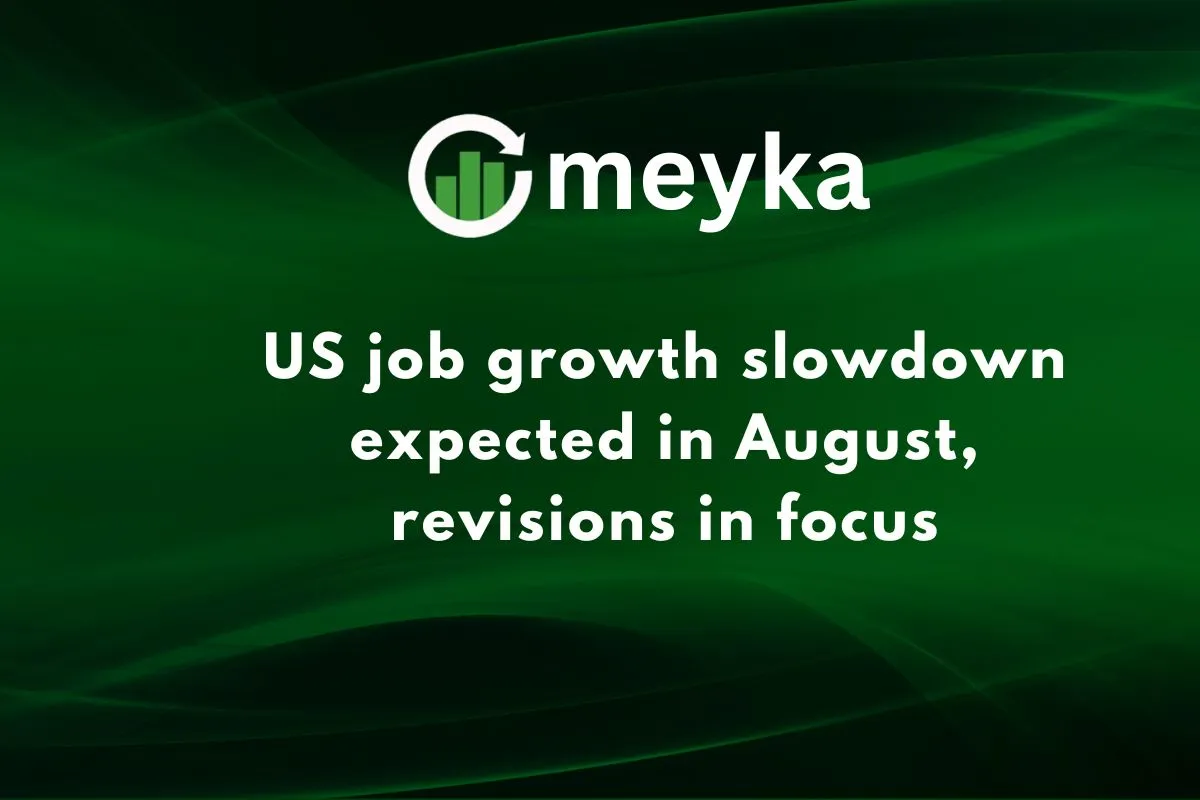US job growth slowdown expected in August, revisions in focus
The U.S. job market is showing signs of strain as we approach the August 2025 employment report. Economists anticipate modest job growth, with projections of around 75,000 new positions, a significant decline from earlier in the year. This slowdown is evident across various sectors, including construction, hospitality, and federal employment. Notably, job cuts surged by 39% in August, marking the highest total for that month since 2020.
These developments have raised concerns about the overall health of the labor market. Factors such as trade policies, immigration restrictions, and demographic shifts are contributing to a tightening labor supply. Additionally, revisions to previous employment data have revealed a deeper-than-expected weakening in job growth, prompting discussions about potential Federal Reserve rate cuts.
As we await the official report, it’s crucial to understand the broader implications of these trends. The anticipated slowdown in job growth not only affects economic forecasts but also influences decisions on monetary policy, investment strategies, and workforce planning.
Current Job Growth Expectations
Economists predict that the August 2025 jobs report will show moderate job growth, with expectations of 75,000 new jobs added. This is a slight increase from July’s 73,000, but significantly lower than earlier in the year.
The slowdown in job growth is attributed to several factors. Trade policies and immigration restrictions have negatively impacted industries like construction and hospitality. Additionally, the Federal Reserve’s interest rate hikes have increased borrowing costs, leading to reduced business investment and hiring.
Despite these challenges, certain sectors continue to show resilience. Healthcare and social assistance have been among the leading contributors to job growth, while federal layoffs persist.
Revisions in Employment Data
Revisions to previous employment data have revealed a deeper-than-expected weakening in job growth. The May and June job gains were significantly revised downward, with May’s gain reduced from 144,000 to 19,000 and June’s from 147,000 to 14,000.
These revisions have raised concerns about the accuracy of employment data and its implications for economic policy. The Federal Reserve is closely monitoring these developments, as the revised data may influence decisions on interest rates and other monetary policies.
Factors Influencing Job Market Trends
Several factors are contributing to the current trends in the U.S. job market:
- Economic Conditions: Trade policies and immigration restrictions have negatively impacted industries like construction and hospitality.
- Monetary Policy: The Federal Reserve’s interest rate hikes have increased borrowing costs, leading to reduced business investment and hiring.
- Sectoral Dynamics: While certain sectors like healthcare and social assistance continue to show resilience, others, such as construction and finance, are experiencing slowdowns.
- Labor Force Participation: Demographic shifts, including an aging population, are contributing to a tightening labor supply.
Market and Investor Reactions
The anticipated slowdown in job growth has implications for financial markets. Investors are closely monitoring the jobs report, as weaker-than-expected data could influence the Federal Reserve’s decisions on interest rates.
A slowdown in job growth may lead to increased market volatility, as investors adjust their expectations for economic growth and corporate earnings. Additionally, sectors sensitive to interest rates, such as housing and consumer goods, may experience fluctuations based on the Fed’s policy decisions.
Broader Economic Implications
The anticipated slowdown in job growth has several broader economic implications:
- Inflation Expectations: Weaker job growth may lead to lower wage pressures, which could help reduce inflation.
- Consumer Confidence: A cooling labor market may affect consumer confidence, leading to reduced spending and economic activity.
- Monetary Policy: The Federal Reserve may consider adjusting interest rates to support the labor market and broader economy.
Conclusion
The U.S. job market is showing signs of strain, with expectations of modest job growth in August and significant revisions to previous employment data. Factors such as trade policies, immigration restrictions, and demographic shifts are contributing to a tightening labor supply. The Federal Reserve is closely monitoring these developments, as they may influence decisions on interest rates and other monetary policies.
As we await the official jobs report, it’s crucial to understand the broader implications of these trends. The anticipated slowdown in job growth not only affects economic forecasts but also influences decisions on monetary policy, investment strategies, and workforce planning.
Disclaimer:
This content is for informational purposes only and is not financial advice. Always conduct your research.






